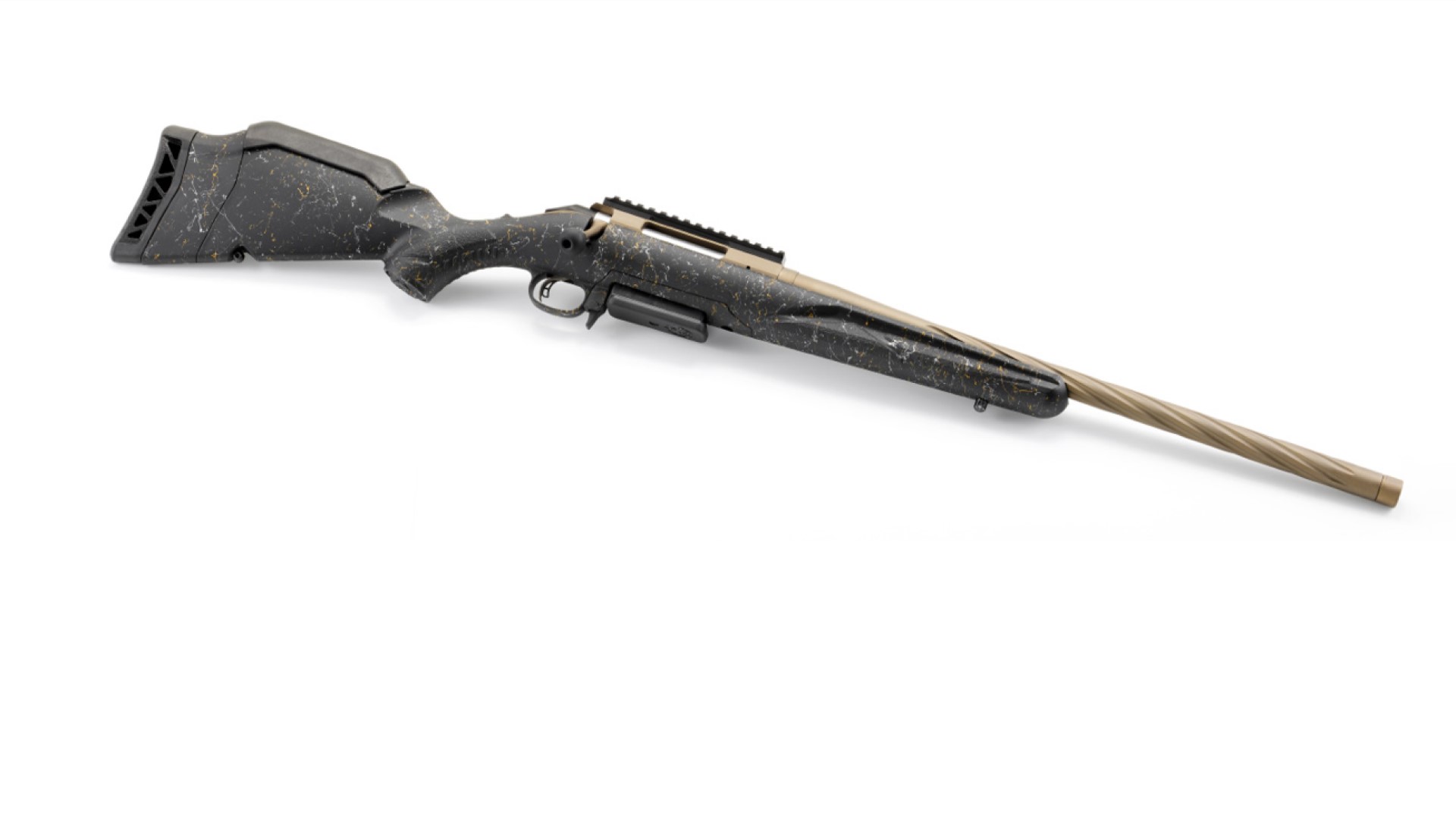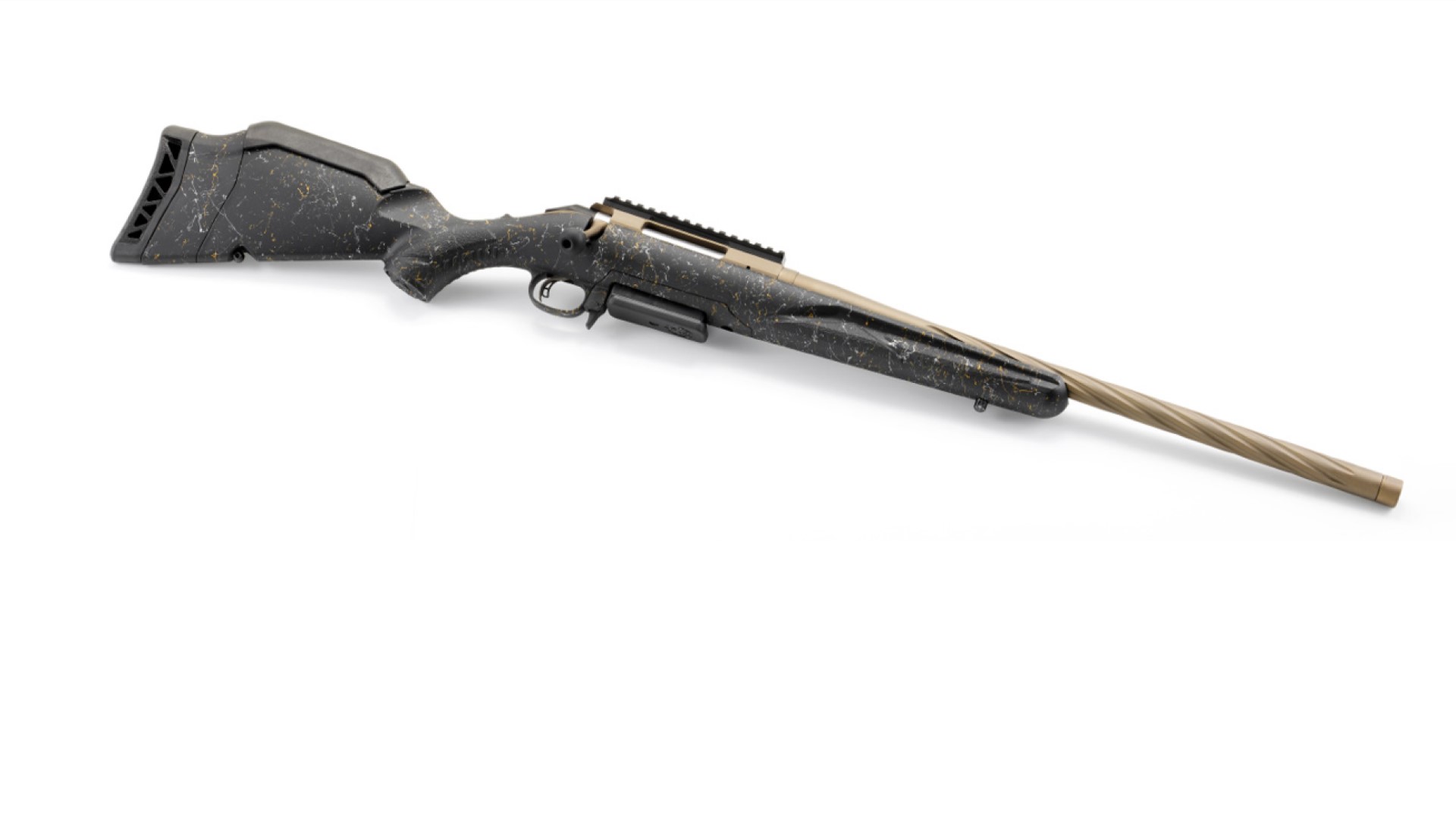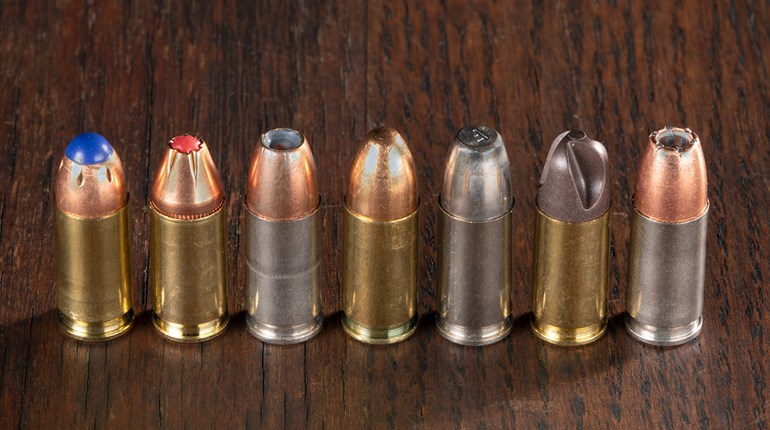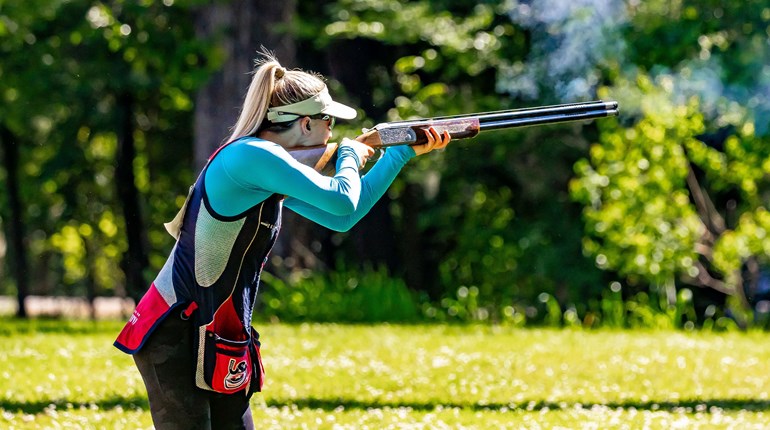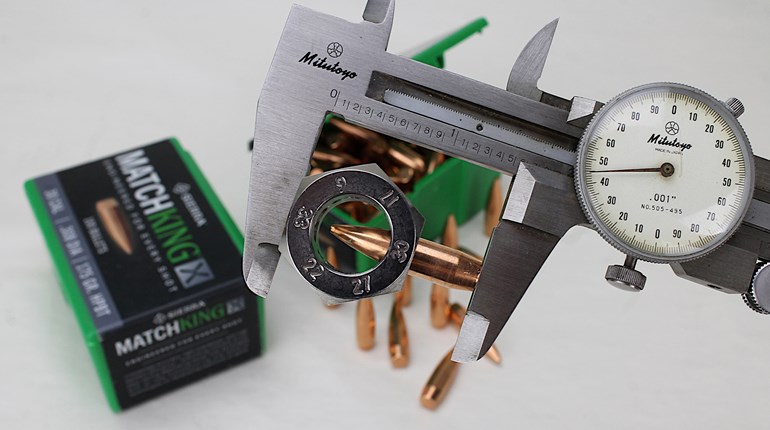** When you buy products through the links on our site, we may earn a commission that supports NRA's mission to protect, preserve and defend the Second Amendment. **
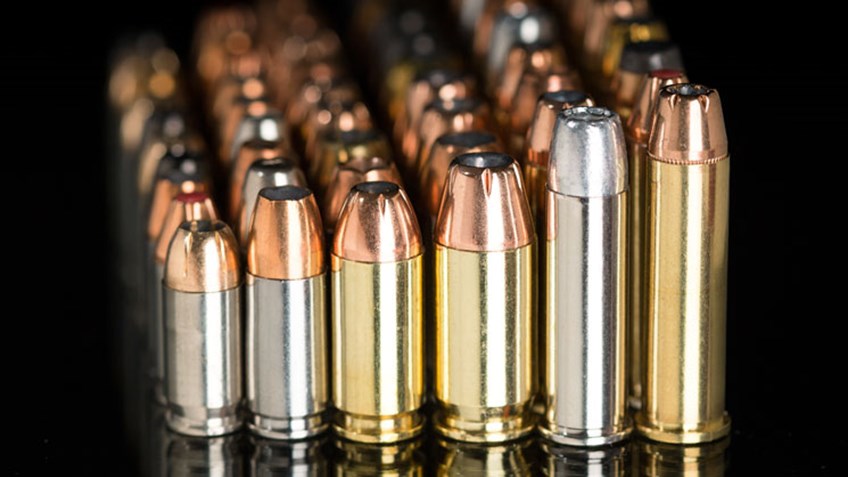
Last week, we talked about two factors of terminal ballistics that help you determine what the proper ammunition is for your purposes: striking energy and striking velocity. This week, we're going to talk about three more factors of terminal ballistics: penetration, bullet expansion and weight retention.
Penetration
To fulfill its function, a bullet must penetrate the target after impact. The amount of bullet penetration required depends upon the nature of the target. Target penetratin depends on an intricate interplay of the following features:
In general, the greater a bullet's sectional density, the farther it will penetrate. Sectional density is a measure that relates bullet mass to its cross-sectional area. It is normally expressed as a three-digit number. The heavier a bullet is for its diameter, the higher its sectional density. Despite many efforts to develop an experimental method to predict bullet penetration for hunting and self-defense, in real-life situations penetration is only approximately predictable.
Bullet Expansion
Bullet expansion is normally desired for optimal terminal performance in hunting and defensive situations. Most modern bullet jackets are pre-scored and tapered, which guides and controls expansion. A bullet that expands inside the target has more frontal area to better transmit its energy to the target while creating a larger permanent wound cavity. Expansion decreases the projectile's sectional density to control penetration; enhance energy transfer; increase the size of the permanent wound cavity; and minimize the likelihood of bullet pass-through. Different levels and rates of expansion are required in different situations. These rates and levels of expansion are accomplished through bullet design and construction features such as:
Designing a soft-point bullet to expand is fairly easy, and such bullets will reliably expand over a wide range of impact velocities. On the other hand, expanding hollowpoint bullets are more difficult to design for reliable expansion. The range of impact velocities over which a hollowpoint bullet will expand is considerably narrower than soft-point bullets. Hollowpoint bullets striking at velocities that are below their expansion threshold behave like full-metal-jacket bullets, i.e., they do not expand at all.
Weight Retention
Ideally, a properly designed expanding, jacketed bullet should retain 100 percent of its original weight after expansion. However, in the real world this is difficult to achieve. The amount of retained weight depends upon:
Because of their construction, premium-quality bullets can be designed to perform well over a wider range of striking velocities than standard bullets. For this reason, they are a popular choice for high-intensity magnum calibers. Many hunters select premium-quality bullets for hunting under difficult conditions, at very laong ranges or for hunting large, heavy game.
For hunting dangerous game, non-expanding "solid" bullets are often used because they penetrate deeply and reliably. Such bullets are made with steel-reinforced jackets and hard-lead or solid-copper cores to prevent deformation even if they hit heavy bone. Standard-quality bullets are designed to perform best in non-magnum calibers on medium game at lower muzzle velocities. For this reason, they do not offer the flexibility of premium bullets, but they are substantially less expensive and may be perfectly suitable to the task at hand. Most hunters find this adequate for hunting thin-skinned, medium game such as deer and antelope at normal ranges and conditions. Varmint bullets are designed to disintegrate shortly after penetration in order to transfer all kinetic energy to the target as quickly as possible. This explosive expansion normally results in a clean, instantaneous kill leaving only small fragments of the bullet.
Stay tuned for next week, when we'll cover three more factors that affect terminal ballistics.
Penetration
To fulfill its function, a bullet must penetrate the target after impact. The amount of bullet penetration required depends upon the nature of the target. Target penetratin depends on an intricate interplay of the following features:
- bullet construction
- bullet diameter, weight and sectional density
- striking velocity
- striking energy
- target structure
- obstacles in front of the target
- angle of entry
- bullet stability
In general, the greater a bullet's sectional density, the farther it will penetrate. Sectional density is a measure that relates bullet mass to its cross-sectional area. It is normally expressed as a three-digit number. The heavier a bullet is for its diameter, the higher its sectional density. Despite many efforts to develop an experimental method to predict bullet penetration for hunting and self-defense, in real-life situations penetration is only approximately predictable.
Bullet Expansion
Bullet expansion is normally desired for optimal terminal performance in hunting and defensive situations. Most modern bullet jackets are pre-scored and tapered, which guides and controls expansion. A bullet that expands inside the target has more frontal area to better transmit its energy to the target while creating a larger permanent wound cavity. Expansion decreases the projectile's sectional density to control penetration; enhance energy transfer; increase the size of the permanent wound cavity; and minimize the likelihood of bullet pass-through. Different levels and rates of expansion are required in different situations. These rates and levels of expansion are accomplished through bullet design and construction features such as:
- Core hardness and shape: core/jacket bonding
- Point configuration: soft point (spitzer, round-nose, flat-nose), hollowpoint, polymerptip, metal tip, capped
- Jacket: material, hardness, thickness, taper, length, shape, pre-scored jackets
- Base shape: flat, boattail, hollow or cupped
Designing a soft-point bullet to expand is fairly easy, and such bullets will reliably expand over a wide range of impact velocities. On the other hand, expanding hollowpoint bullets are more difficult to design for reliable expansion. The range of impact velocities over which a hollowpoint bullet will expand is considerably narrower than soft-point bullets. Hollowpoint bullets striking at velocities that are below their expansion threshold behave like full-metal-jacket bullets, i.e., they do not expand at all.
Weight Retention
Ideally, a properly designed expanding, jacketed bullet should retain 100 percent of its original weight after expansion. However, in the real world this is difficult to achieve. The amount of retained weight depends upon:
- bullet design
- construction materials and methods
- intended use of the bullet
Because of their construction, premium-quality bullets can be designed to perform well over a wider range of striking velocities than standard bullets. For this reason, they are a popular choice for high-intensity magnum calibers. Many hunters select premium-quality bullets for hunting under difficult conditions, at very laong ranges or for hunting large, heavy game.
For hunting dangerous game, non-expanding "solid" bullets are often used because they penetrate deeply and reliably. Such bullets are made with steel-reinforced jackets and hard-lead or solid-copper cores to prevent deformation even if they hit heavy bone. Standard-quality bullets are designed to perform best in non-magnum calibers on medium game at lower muzzle velocities. For this reason, they do not offer the flexibility of premium bullets, but they are substantially less expensive and may be perfectly suitable to the task at hand. Most hunters find this adequate for hunting thin-skinned, medium game such as deer and antelope at normal ranges and conditions. Varmint bullets are designed to disintegrate shortly after penetration in order to transfer all kinetic energy to the target as quickly as possible. This explosive expansion normally results in a clean, instantaneous kill leaving only small fragments of the bullet.
Stay tuned for next week, when we'll cover three more factors that affect terminal ballistics.











